Cu Da village is a museum which preserves the ancient architectural features of a craft village on the outskirts of Hanoi.
According to Vu Van Than, an 87-year-old elder of the village, genealogies and historical documents show that Cu Da village in Cu Khe commune, Thanh Oai district was founded four centuries ago by royal relatives of a Trinh Lord. Then owners of large textile factories, shops, and transportation in Hanoi in the 1920s through the -1940s period brought civilization to the village.
The villagers have always been proud of their home. They used the village’s name as their surname when they lived and worked in Hanoi. “Some of the bourgeois in Hanoi at that time whose names began with the word “Cu” gave the name to Cu Da villagers,” Than said.
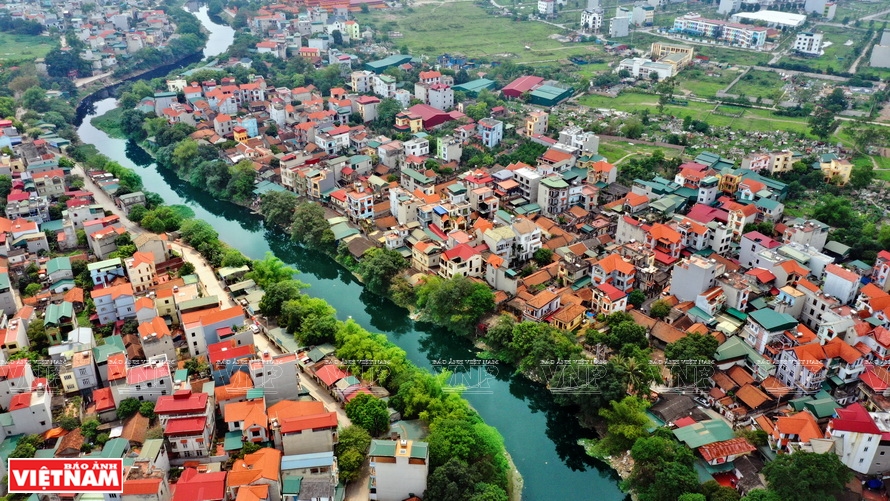 The village is a unique crafty destination in Hanoi. Photo: Khanh Long / VNP
Ancient charm of Cu Da village. Photo: Phong Thu / VNP
The village is a unique crafty destination in Hanoi. Photo: Khanh Long / VNP
Ancient charm of Cu Da village. Photo: Phong Thu / VNP
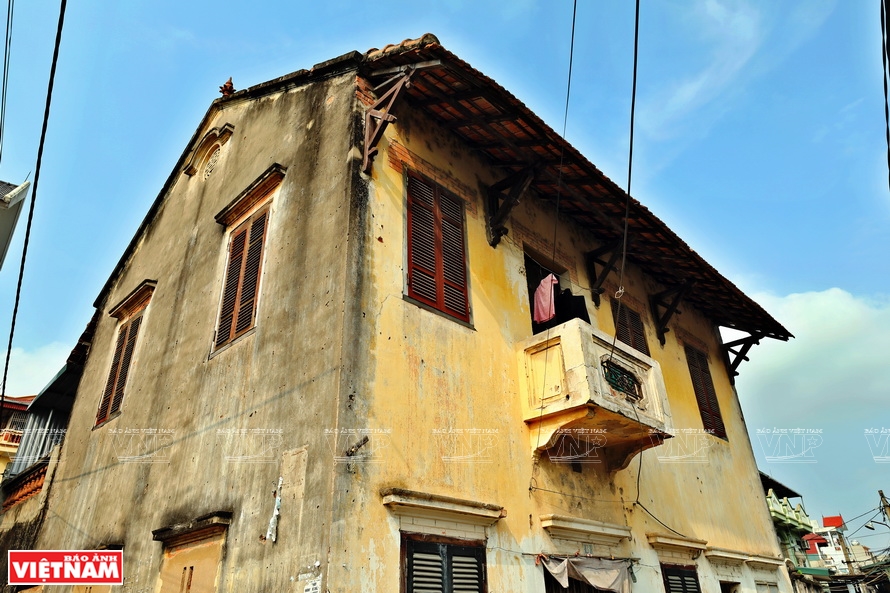 A house built in the French architectural style in Cu Da village. Photo: Cong Dat / VNP
A house built in the French architectural style in Cu Da village. Photo: Cong Dat / VNP
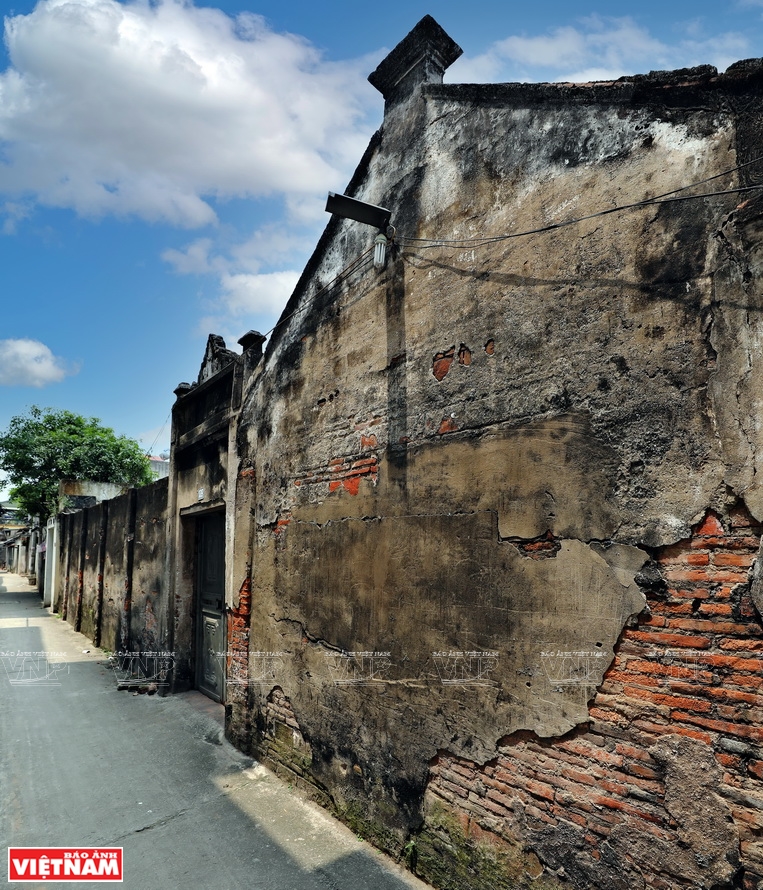 Old walls inside Cu Da village. Photo: Khanh Long / VNP
A small alley inside the village. Photo: Phong Thu / VNP
Old walls inside Cu Da village. Photo: Khanh Long / VNP
A small alley inside the village. Photo: Phong Thu / VNP
 Through many changes in history, Cu Da ancient village still retains its original features. Photo: Khanh Long / VNP
Through many changes in history, Cu Da ancient village still retains its original features. Photo: Khanh Long / VNP

There are several ancient gates in Cu Da village. Photo: Khanh Long / VNP
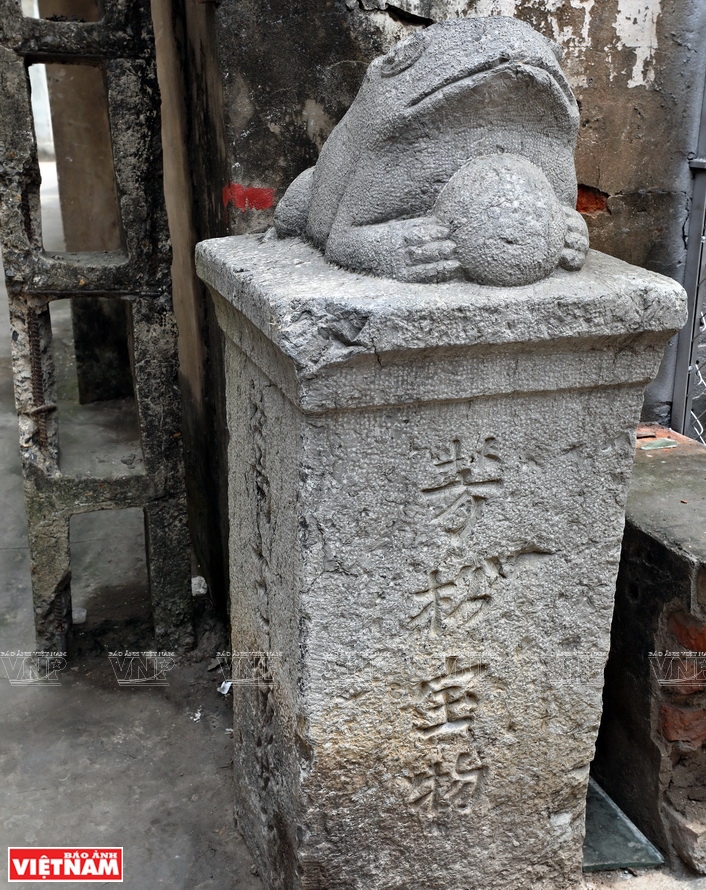 Imprint of a busy wharf on Nhue river in the past, inside Cu Da village. Photo: Khanh Long / VNP
Imprint of a busy wharf on Nhue river in the past, inside Cu Da village. Photo: Khanh Long / VNP
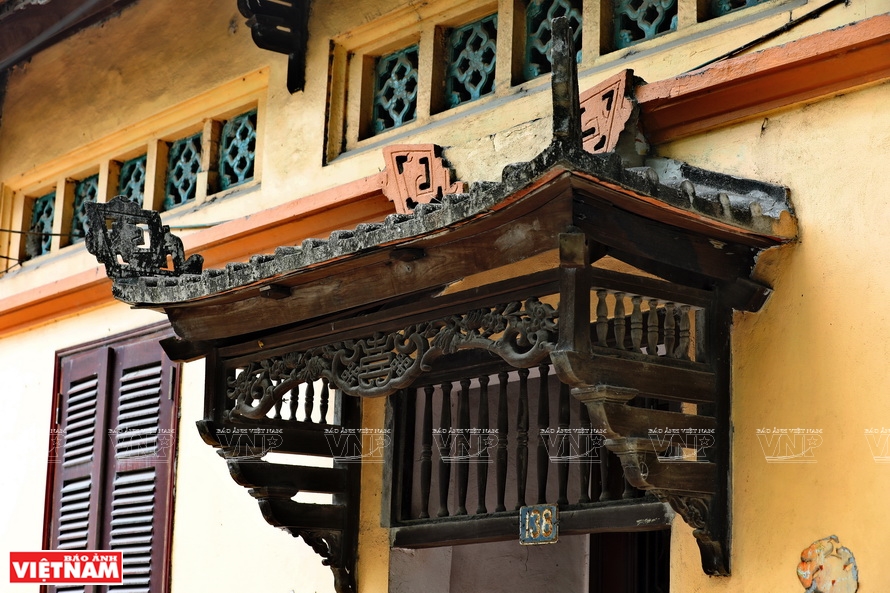 Delicate patterns show the skillful hands of artisans in the past. Photo: Khanh Long / VNP
Delicate patterns show the skillful hands of artisans in the past. Photo: Khanh Long / VNP
 One of the ancient gates in the village. Photo: Photo: Cong Dat / VNP
One of the ancient gates in the village. Photo: Photo: Cong Dat / VNP
 Mossy walls in Cu Da village. Photo: Cong Dat / VNP
Mossy walls in Cu Da village. Photo: Cong Dat / VNP
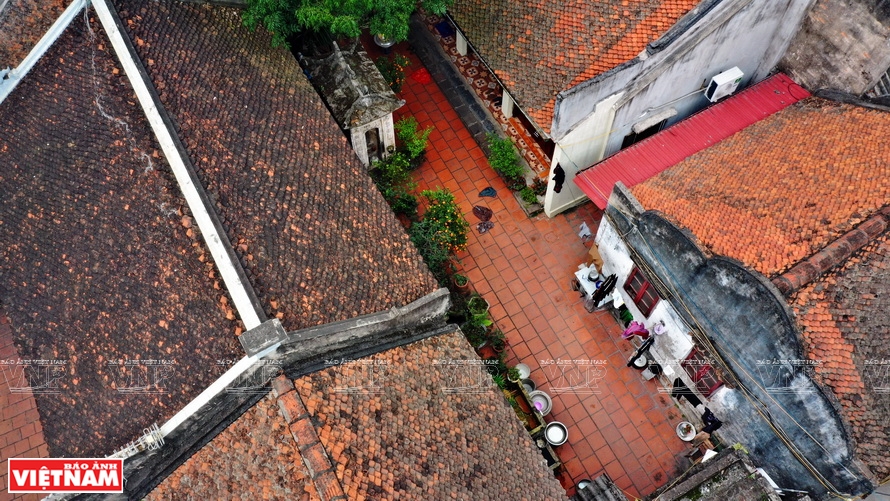 Northern delta houses built from wood and red-tile. Photo: Khanh Long / VNP
The rhythm of life in the village. Photo: Phong Thu / VNP
Northern delta houses built from wood and red-tile. Photo: Khanh Long / VNP
The rhythm of life in the village. Photo: Phong Thu / VNP
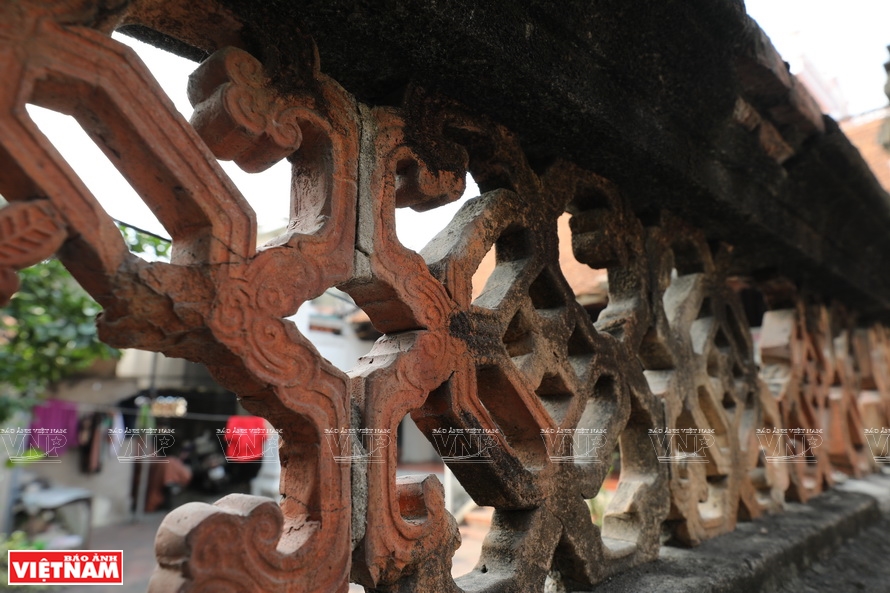
The village still remains 51 ancient houses dated back 200 years ago. Photo: Khanh Long / VNP
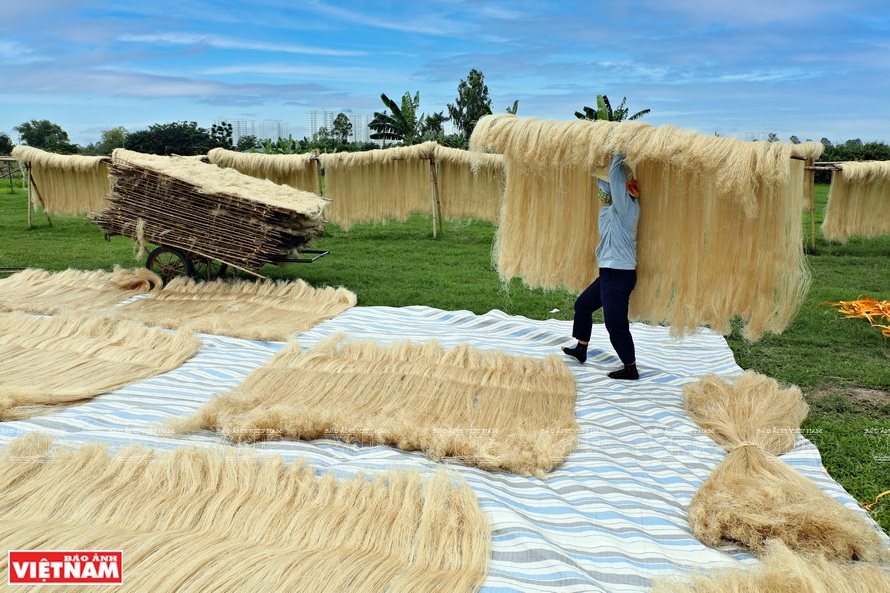
The village is also famous for its traditional craft of making vermicelli. Photo: Khanh Long / VNP
|
Through many changes over time, Cu Da village still retains its original features. The village now has about 50 houses designed according to the typical architecture of the past. The northern delta houses built from wood and red-tile are interspersed with two-story houses built in the French architectural style. This style does not contrast with the traditional houses of the agricultural residents that created a unique architecture unlike any village in Vietnam.
Along the road from the village’s gate, visitors can see a system of houses with roads and alleys in the shape of fish bones. Some alleys still have gates and slanted bricks on the roadway. Elder villagers said that in the past all the gates in the alleys were locked at 9pm and guards took turns on duty for security purposes.
Teacher Trinh Co, one of descendants of the Cu Da village’s founder said that Cu Da was considered a land of geniuses. Many villagers studied well and became successful. This studious tradition of Cu Da villagers still is valued in every family of the ancient village.
Besides the unique architecture, Cu Da village is also well-known nationwide for making soy sauce and vermicelli
By Khanh Long, Cong Dat & Phong Thu Translated by Nguyen Tuoi